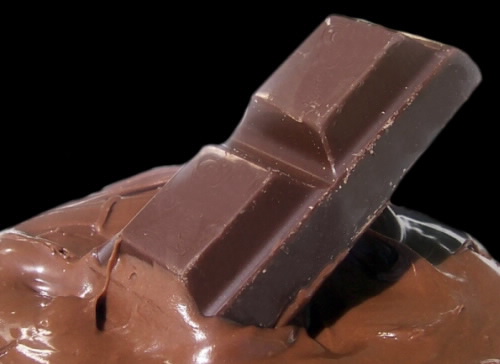A staggering 28 Nobel Prizes have been awarded for crystallography, one of the 20th century’s big ideas in science.
 |
Tim Young
In this International Year of Crystallography, people worldwide are celebrating an Australian discovery that changed our understanding of the atomic world, bringing innovations like non-stick frying pans and better batteries for electronics.
In 1915, father-and-son team William Henry Bragg and William Lawrence Bragg won the Nobel Prize in Physics for their finding that X-rays could be used to determine the positions of individual atoms in salt crystals. Their work built on that of physicist Max von Laue, who showed that beams of X-rays bent, or ‘diffracted’, when they passed through a crystal.
This new information allowed the Braggs, and future scientists, to study how different arrangements of atoms can change the way materials behave. It explains why graphite in a pencil is soft and dark, whereas diamonds are clear and hard — both are made of pure carbon atoms, just arranged in different ways.
Crystallography led to the discovery of the double helix structure of DNA (which gave James Watson, Francis Crick and Maurice Wilkins the Nobel Prize in Medicine in 1962). Scientists using crystallography have learned how proteins fold, and that only one of the six crystalline forms of cocoa butter in chocolate melts in the smooth, silky way that makes it so delicious.
Today, scientists have a range of uses for crystallography — from researching better drugs to target specific proteins of viruses or bacteria, to designing new materials for stronger, lighter structures, or clothing that can adapt to the temperature outside. The NASA rover Curiosity is equipped with its own diffractometer to test soil and rocks it encounters on Mars.
With so many Nobel Prizes awarded for novel uses of crystallography in the past 100 years, the next one could be yours.
Published: 18/04/2014


